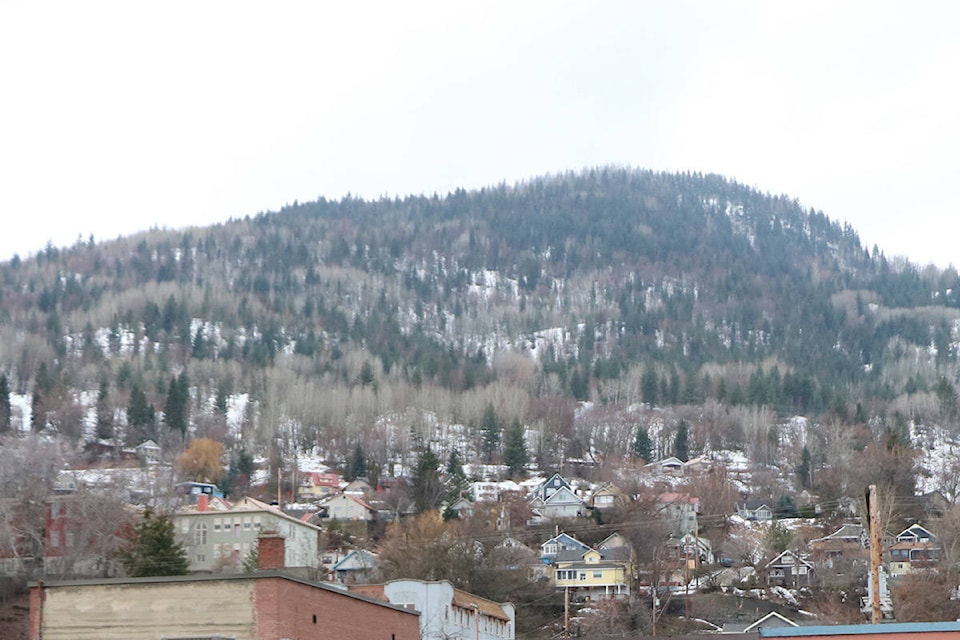Trail and Kootenay-Boundary municipalities received valuable insight into their housing needs.
On behalf of the Regional District of Kootenay Boundary (RDKB), CitySpaces Consulting presented its “House and Home - RDKB Housing Needs Report” to Trail council on Dec. 14.
The comprehensive study included the five municipalities of Greater Trail, Electoral Areas A and B, in addition to the Boundary communities of Greenwood, Grand Forks, and Midway, and Electoral Areas C, D, and E.
Legislation was introduced in April 2019 requiring all local governments to complete Housing Needs Reports by 2022 and every five years after that. The RDKB followed through in an effort to inform and help municipal governments get a better understanding of their current housing situation, and to ensure they are responsive to the concerns raised in the report and that future policies, plans and developments, address them.
For the City of Trail, the recommendations will be considered as the city continues to update its Official Community Plan (OCP), said Chief Administrative Officer, David Perehudoff.
According to the housing report, the issues are many and varied as real estate prices rise, vacancies remain low, homelessness increases, and the majority of homes in Trail represent a deteriorating and aging infrastructure.
A full 63 per cent of housing in the Silver City was built before 1960, 87 per cent before 1980, and just one per cent after 2011.
Of those homes, many are deteriorating to the point it makes purchasing prospects even more unattractive for residents or potential investors.
Yet, the city does see some promise with regards to renovating and improving aging infrastructure.
“The city’s role would deal more with the provision of core infrastructure including water, sewer, roads, recreation amenities, etc. as part of creating an environment where the private sector will then get involved and purchase the older properties and take action to modernize them,” explained Perehudoff. “We are seeing strong activity in this area now, where people are buying older properties and renovating them to bring them to more of a modern standard.”
The resources the city can provide as incentives for home owners and landlords to rebuild and remediate the current landscape of Trail housing, however, are few.
“The city can only take action based on authorities contained within the Community Charter and other relevant legislation. At this time, there aren’t a lot of tools that the city can use in terms of incentives although we have successfully utilized revitalization tax exemption programs to encourage private sector development in the downtown and Class 6 [business] properties, which may be an avenue we could further explore for residential revitalization.”
The city also tries to keep external costs, such as building permit fees, down and expedite administrative duties and red tape when it comes to development.
“In some communities, developers can wait months or even years for a subdivision to be approved and the city prides itself in ensuring application processing time frames are minimized.
“Typically the market will drive the type of development and the city does its best to reduce red tape and development time frames to make it easy to do business in Trail.”
The report also reviewed housing statistics and projected a need for an additional 63 housing units in Trail by 2030 to support newcomers and downsizing seniors attracted to Trail.
Trail has a good concentration of services, such as the hospital, Trail Aquatic and Leisure Centre, Gyro Park, and other recreation, arts and culture facilities, in addition to grocery stores, restaurants and businesses available downtown.
Yet, there is little room for expansion, and a growing number of vulnerable and low-income households.
“Unfortunately, the city is land poor in that there is limited serviced and vacant land available which can be used for the various types of housing noted,” said Perehudoff.
“Coupling acquisition and demolition costs, with construction costs, can make it very challenging when it comes to overall development costs and justifying a development from an economic perspective. This is likely one of the main reasons that Trail has yet to secure a supportive housing development.”
The report also addressed gaps in supportive housing, and a low number of rental vacancy units.
Housing gaps include: year-round emergency shelter; supportive housing; market rental, low-end of market rental, non -market rental; accessible seniors-oriented housing including independent, semi-supportive, and supportive; and new market condominiums.
The city is working with groups like BC Housing and the Lower Columbia Affordable Housing Society (Society) which is currently developing Columbia Park, a nine-unit affordable housing facility in East Trail, and with Career Development Services to develop year-round supportive housing.
The Society has also partnered with the City of Rossland to build a 37-unit Rossland Midtown Project, with construction potentially to start in spring of 2021, and with the Village of Fruitvale to develop the former Beaver Valley Middle School site into affordable and market housing with on-site childcare that will help alleviate housing pressures in the community.
”At this time, the city is actively discussing supportive housing opportunities with BC Housing, but are again having a challenging time identifying suitable sites that are a good fit from a planning perspective and that can be economically developed given that many potential sites will involve the demolition of an existing building or buildings,” added Perehudoff.
To see more on the Housing Needs Report visit the City of Trail website at trail.ca.
